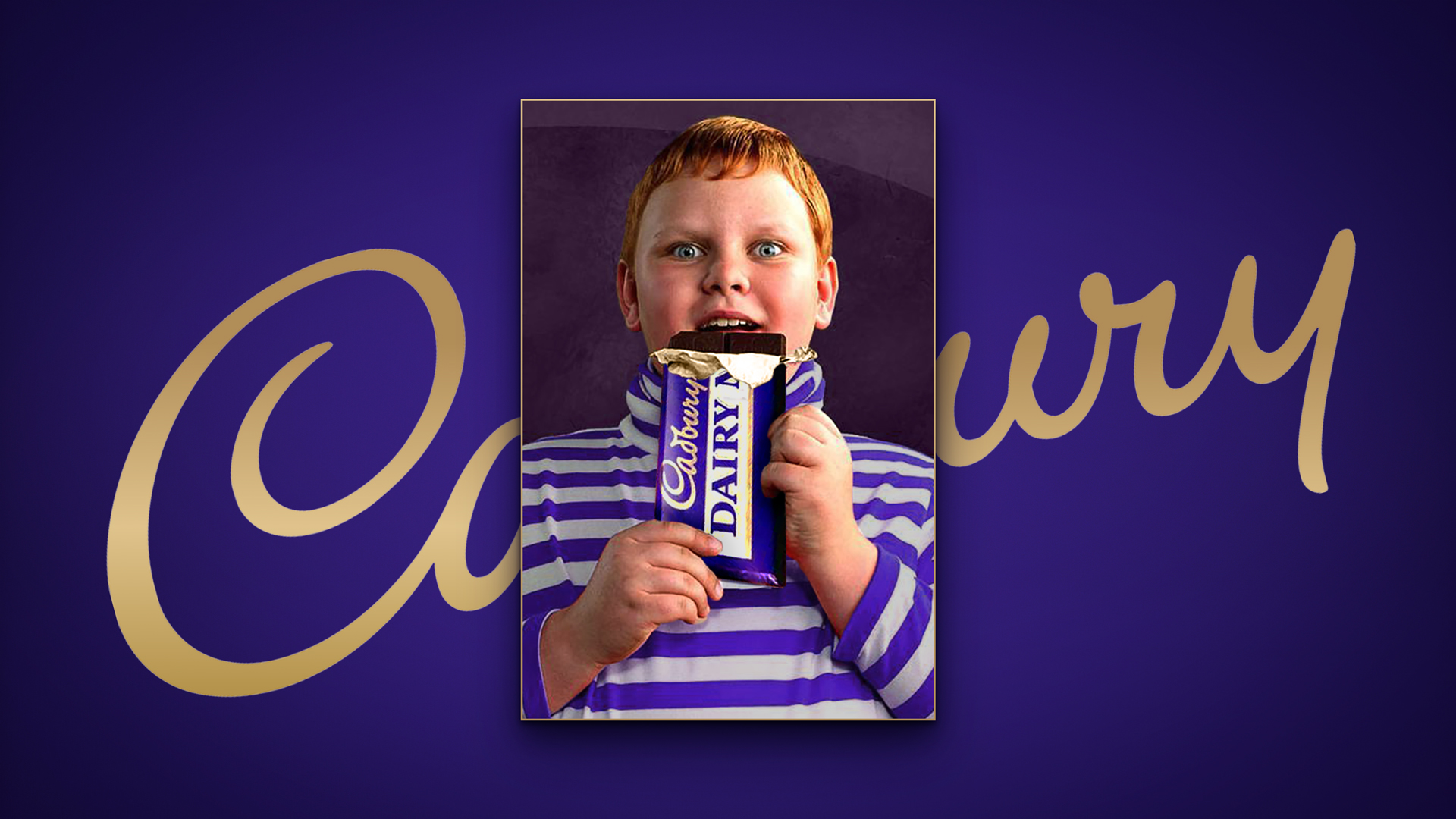Originally posted on Boys+Girls – 13 May 2021
When I think back, my earliest memory of a brand wasn’t really of a brand at all. Rather, it was a “brand” my two siblings and I made up based on the person who gifted it to us.
Our grandparents lived in County Sligo and, whenever we traversed the then very bumpy roads of the country while perched uncomfortably in the back seat of our parents Volvo to visit them, we would arrive to a tantalising treat. Knowing we were coming, our Grandad always purchased three flat penny Cadbury Dairy Milk bars before hiding them around his house for us to excitedly hunt for, impatiently tear into and deliriously devour upon our arrival. The excitement of receiving these glorious gold-foil-and-purple-paper-wrapped treats after a long and exhausting journey left an indelible mark on our impressionable young minds.
Before we could ever comprehend the idea of design, its seductive power was already influencing us. The iconic packaging with its purple and white typography – that we couldn’t properly read or really understand in our tender years – surrounded sleek and stunning gold foil which, in turn, tightly enveloped the luxurious milk chocolate. The combination of colours and textures set our young minds alight with anticipation while the time it took to remove the dual-wrapper only added to our suspense, acting as a final frustrating barrier to the delicacy within.
Our earliest impressions of the iconic packaging design were supplanted by something more powerful – true emotional connection. The packaging itself became a visual shorthand of our familial happiness, forever replacing the universally-recognised Cadbury’s Dairy Milk name for us to the much more emotive, “Grandad Bars”.
But our shared experience belies a hidden and universal truth – first impressions built on emotional connections last a lifetime. Which got me thinking, first about the true power and potency of emotion in branding, and second, about the importance of design in our memory of a brand that is as much about the purple and gold as it is about the chocolate within.
Design has the power to shape our understanding and experience of the world around us. We notice it because it is smart, beautiful, evocative or useful. It embeds itself in our brains before slipping into our subconscious, ever-ready to influence our decisions, speeding them up to be almost automatic. In my case, on more than one occasion across a sweet shop counter. I have absentmindedly asked for, “… one Grandad Bar please,” only to be met with a suitably quizzical stare from the person standing behind it.
Great design is a brand superpower that is often, at best, overlooked or, at worst, under appreciated. It bridges the gap between emotion and logic through carefully applied visual communication, supercharging our understanding to leave lasting marks on our psyches. In the now immortal words of American Graphic Design legend Paul Rand, “Design is the silent ambassador of your brand”. It skilfully and stealthily conveys unspoken messages to our brains that greatly enhance our understanding of brands or their products.
Design unlocks a deeper emotional connection in us, influencing us in ways we may not even realise. As designers responsible for the creation of brand image, we need to know everything about the brands in our charge in order to unlock that design superpower.
Through our craft, we ensure that the brands we work with have the best chance of creating that all-important first impression. Shaping a brand’s design is a position of great excitement, privilege and responsibility. After all, what we create today may form impressions that will last a lifetime.
Anyone else got a hankering for a “Grandad Bar”? I know I do.
